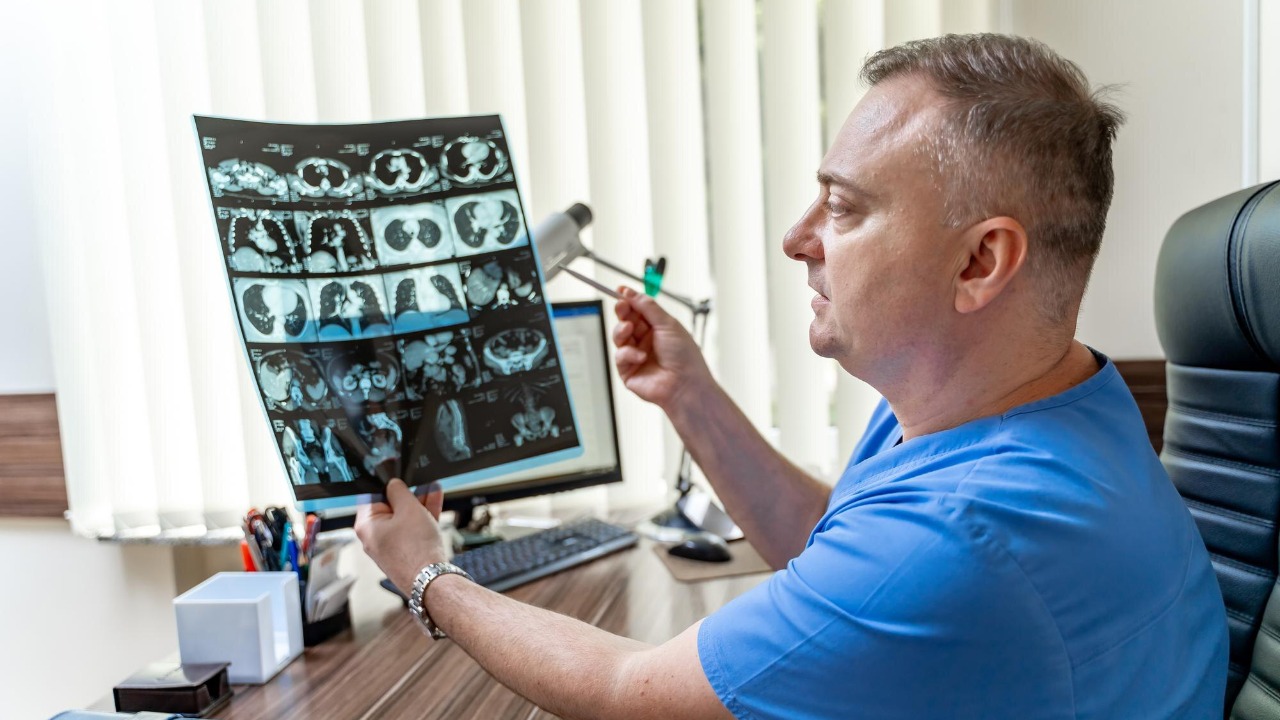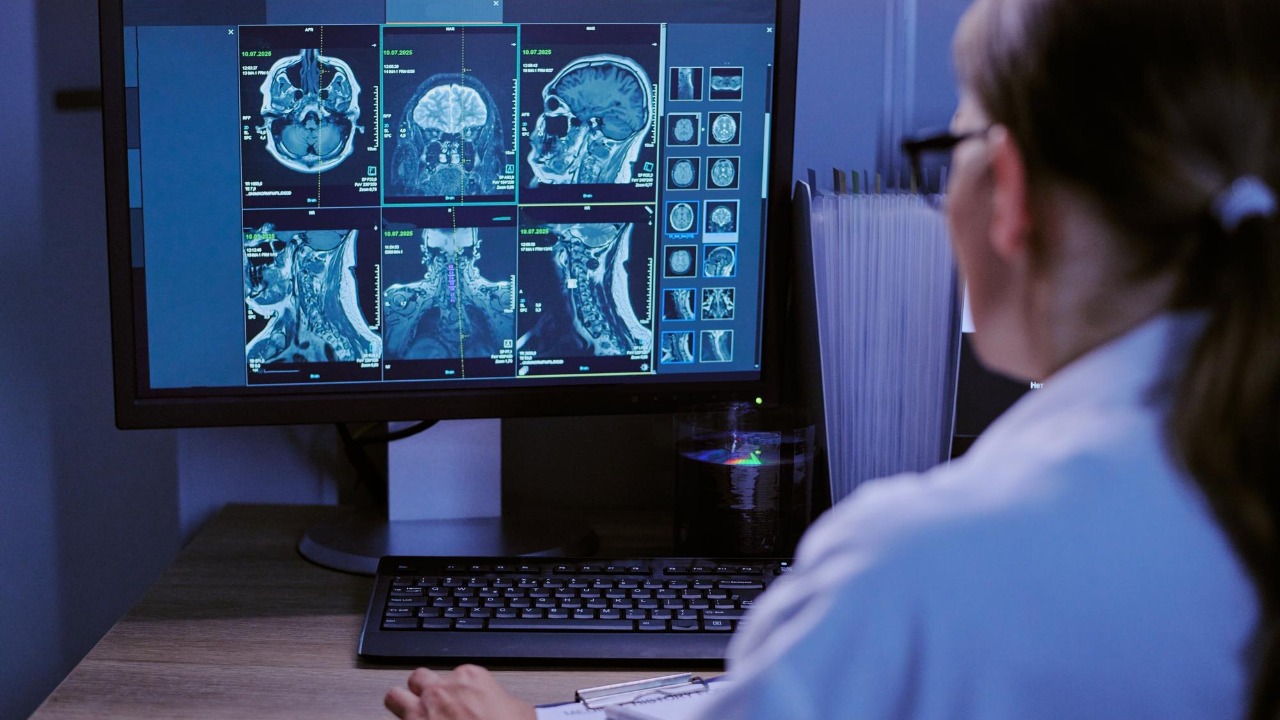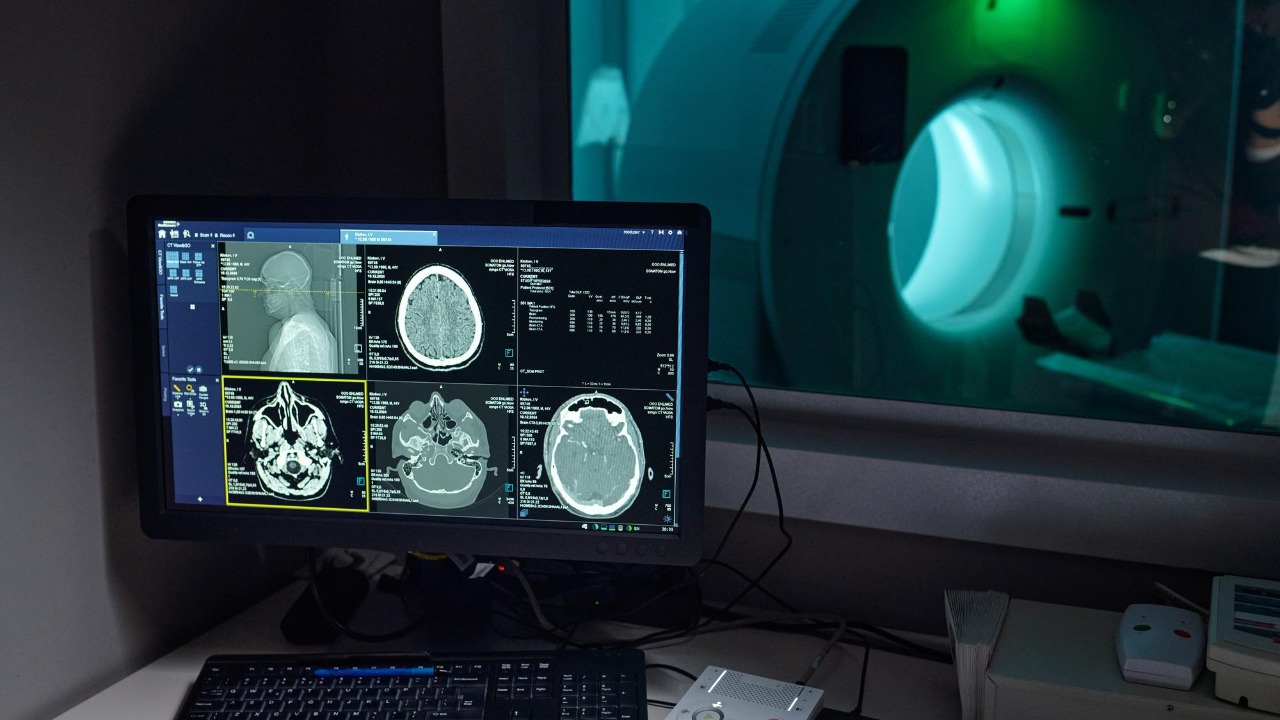
In an extraordinary leap for neuroscience, a team of Japanese researchers has found a way to selectively erase traumatic memories without inflicting damage to the brain. This pioneering approach has the potential to transform treatments for conditions such as Post-Traumatic Stress Disorder (PTSD) and severe anxiety disorders.
Understanding the Science of Memory

Memories form the foundation of our identities, shaping who we are and how we perceive the world. They are stored in our brains as intricate networks of neurons, also known as neural pathways. Each memory is encoded into these pathways through a process called consolidation, which can be influenced by factors like emotional intensity and frequency of recall. The more frequently or intensely a memory is recalled, the stronger its neural pathway becomes.
In this complex process, specific brain cells, known as astrocytes, play a crucial role. Despite being lesser-known than neurons, astrocytes are key players in memory formation and retention. These star-shaped cells help regulate the strength of connections between neurons, which is vital for the creation and maintenance of memories.
The fascinating interplay between astrocytes and neurons is central to both the preservation and erasure of memories. This dynamic relationship forms the basis of the groundbreaking research conducted by the Japanese team, which takes us a step closer to understanding the complex science of memory.
The Groundbreaking Discovery by Japanese Researchers

The research team at Tohoku University made a significant breakthrough in manipulating memories. By selectively targeting and modifying astrocytes, they were able to erase specific traumatic memories in mice, without causing any harm to the overall structure and function of the brain.
The technique used involves a process called optogenetics, which uses light to control cells in living tissue. This process was applied to selectively target astrocytes linked to traumatic memories. By activating these astrocytes, the researchers were able to weaken the associated memory’s neural pathway, effectively erasing the memory.
What distinguishes this technique from previous attempts at memory erasure is its precision and safety. The method allows for the selective removal of traumatic memories, without causing harm to other cognitive functions. This opens up a world of potential for treating mental health conditions rooted in traumatic experiences.
Implications for Mental Health Treatment

This discovery promises to revolutionize the treatment of mental health disorders like PTSD and severe anxiety. Traditional treatments often involve medication or therapy to manage symptoms, but this new technique could potentially erase the root cause – the traumatic memory itself. This could provide relief for millions of individuals worldwide struggling with these conditions.
However, the potential to erase memories raises serious ethical questions. The idea of manipulating memories, especially without the individual’s consent, is fraught with moral and ethical implications. It’s important to ensure that such a powerful tool is used responsibly and ethically, with clear guidelines and safeguards in place.
There are also potential risks to consider. While the initial research shows no harm to other cognitive functions, longer-term effects are yet to be fully understood. As with any new treatment, comprehensive testing and research are required before it can be considered for use in humans.
Future Research and Potential Applications

The discovery by the Japanese researchers opens up exciting new avenues for research into memory manipulation. If further refined, this technique could potentially be used to treat conditions like Alzheimer’s and dementia, which are characterized by memory loss and cognitive decline. By understanding how to erase memories, we may also learn how to strengthen them, offering hope for individuals suffering from these debilitating conditions.
Further refinement of this technique could also enhance its precision and safety. With advancements in technology and neuroscience, we may one day be able to selectively erase or strengthen memories with pinpoint accuracy, offering a powerful new tool in the treatment of mental health disorders.
Public Response and Criticisms

As news of the discovery spread, public reaction has been a mix of excitement and apprehension. Many have heralded the breakthrough as a game-changer for mental health treatment, while others have expressed concern over the ethical implications of memory erasure.
Critics argue that our experiences, both good and bad, shape who we are. They question whether removing traumatic memories could fundamentally alter a person’s identity. Others worry about potential misuse of this technology, with fears it could be used to manipulate individuals without their knowledge or consent.
Despite the controversy, there’s no denying the significance of this discovery. As one post on Science Pulse’s Facebook page puts it, “This could be a game-changer in the treatment of PTSD and other mental health disorders.” With further research and careful consideration of the ethical implications, this breakthrough could indeed change the face of mental health treatment.